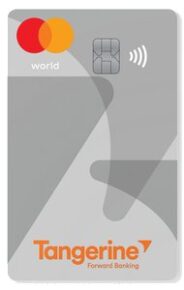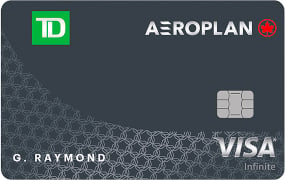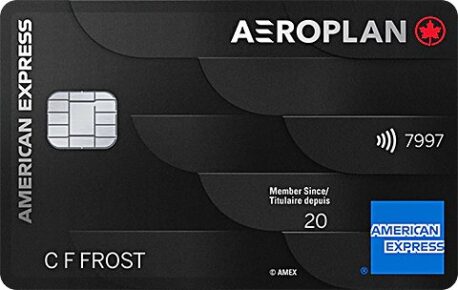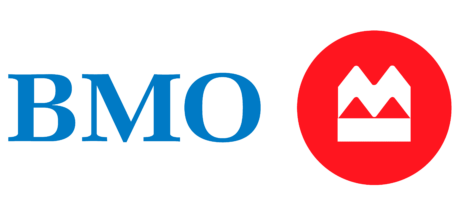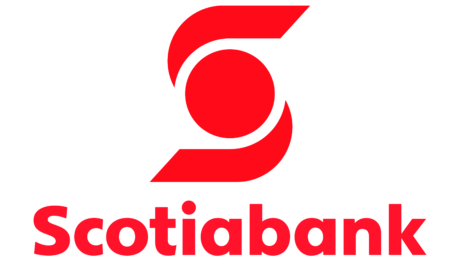Having a bank account makes it easier to save and spend your money, but in exchange for holding your cash and facilitating daily banking transactions, most banks charge fees.
Bank fees can easily eat up hundreds of your hard-earned dollars each year. Whether you’re tired of paying high bank fees or are learning about these fees for the first time, knowing why they exist and how to avoid them can put your money back where it belongs — your account.
What are bank fees?
Canadian banks facilitate their customers’ banking activities and charge fees in return.
Common bank fees
You may encounter fees based on either the service, account type or kind of financial institution you choose.
- Monthly fee. This account maintenance fee is charged to keep your bank account active and your money secure. Some banks may waive the monthly fee if you keep a certain amount of money in your account at all times.
- Transaction fee. Some bank accounts allow a certain number of free transactions before this fee is charged. Transactions include debit payments, ATM transactions and money transfers.
- Statement fee. A fee is often charged if you request paper bank statements to be sent to your mailing address each month. However, access to electronic statements is free.
- ATM fees. These fees are charged when you make an ATM withdrawal outside of your bank’s ATM network, or you exceed the number of free ATM withdrawals included in your banking plan.
- Non-sufficient Funds (NSF) fee. Your bank or credit union charges a NSF fee when a transaction exceeds your account balance and the payment is denied. You may be able to avoid this fee if you have overdraft protection.
- Overdraft fee. This fee is charged when a transaction takes your account below a $0 balance. You will be charged a fee and interest for each day your account is overdrawn.
- Interac e-transfer fee. Your bank may charge you a fee for each Interac e-transfer. Some bank accounts provide a certain number of free e-transfers, but if you exceed that number, you’ll pay a fee.
How to avoid bank fees in Canada
In most cases, fees are standardized across all accounts within a single bank. You can avoid many of these day-to-day banking fees by selecting your bank and account type carefully.
Choose a no-fee bank account
Branchless banks like Tangerine, Motus Bank, PC Financial and EQ Bank often offer low or no-fee chequing and savings accounts.
Though these online banks charge fewer fees, they may lack the same level of service and number of account options or features as a traditional bank, so keep that in mind when making decisions around where to bank and which types of accounts to open.
Digital-first banks may also offer higher interest than traditional banks on their savings accounts.
Read the fine print
Before opening a bank account, make sure you read all the terms and conditions, banking agreements and fee statements. Though they can be hard to find, these documents are usually available in the fine print or the Terms and Conditions section of your bank’s website.
You may receive hard copies of these documents once you open your account, but it’s better to know the fee structure before you commit. This will help you compare and find the bank accounts with the lowest fees.
Pay attention to your balance
Since some banks waive monthly fees as long as you keep a minimum balance, it’s helpful to pay attention to the funds you have in your account at all times.
Before committing to any unplanned expenses, mentally subtract the amount you’ll need to maintain the minimum balance from your available account balance to make sure you can cover the cost.
If you have non-sufficient funds to complete a transaction, you’re inevitably going to face an NSF charge.
Stay under transaction and transfer limits
Banking plans that include unlimited transactions often have higher monthly fees. Make an effort to only withdraw funds from ATMs within your bank’s network so you never get charged a fee.
Additionally, you can set up a budget to always keep track of your regular expenses and so it’s easier to stay within the transaction and Interac e-transfer limits each month.
These measures will prevent any surprise charges in your account.
Book a meeting at the branch
If you’ve been a long-time client at your bank, maybe it’s time to book a meeting with a bank manager or a representative at your local branch. They may have the authority to waive fees, especially if you let them know when you’re thinking about moving your account elsewhere to cut costs.
Review your account transactions with them to see if there’s anywhere they could possibly lower or waive your fees altogether. Some examples of what they can do include lowering your monthly fees, consolidating all your banking services into one package with one monthly charge payment, or finding you a better interest rate to offset your costs.
Set up text or email alerts
If possible, activate text and email alerts to know when an automatic payment is withdrawn, a deposit is completed or your bank balance dips below a predetermined level. These alerts will help you avoid things like NSF charges, overdraft charges, monthly account fees and transaction overage fees.
In addition, staying aware of what’s happening in your bank account at all times will also help you avoid fraud and identity theft. These bank alerts will enable you to spot any suspicious transactions that you’ll be able to report before they cost you your money.
Opt for a banking package
Many of Canada’s major banks offer packages that bundle banking services together for one monthly price. These services may include debit transactions, account transfers, Interac e-transfers and international money transfers.
If you frequently use these facilities, you may save on individual or multiple pay-per-use charges by agreeing to pay a consolidated amount in the form of monthly fees.
Go for the multi-product rebate
Sometimes banks have special offers that let you earn cash back or a monthly fee rebate in exchange for using multiple banking products, or completing a qualifying task at the same bank, such as setting up a direct deposit and a recurring pre-authorized debit payment.
It’s worth keeping an eye out for these additional savings opportunities.
DIVE EVEN DEEPER

How No-Fee Bank Accounts Save You Money
No-fee bank accounts typically offer unlimited transactions with no monthly fee, making your everyday banking more affordable.

3 Reasons to Put Your Money in a Bank You’ve Never Heard Of
Smaller or lesser-known banks might be a better good fit with your financial goals — or the way you bank.

How to Switch to a New Bank or Credit Union in Canada
Unhappy with your bank? Switching to a new bank doesn’t have to be hard — using a checklist can make for a smooth transition to your new institution.

Are You a Newcomer to Canada? Watch Out For These Scams
Canada has a reputation for welcoming newcomers, but new arrivals still need to be on the lookout for scams that target them, including phone scams, e-transfer scams and apartment rental scams.
